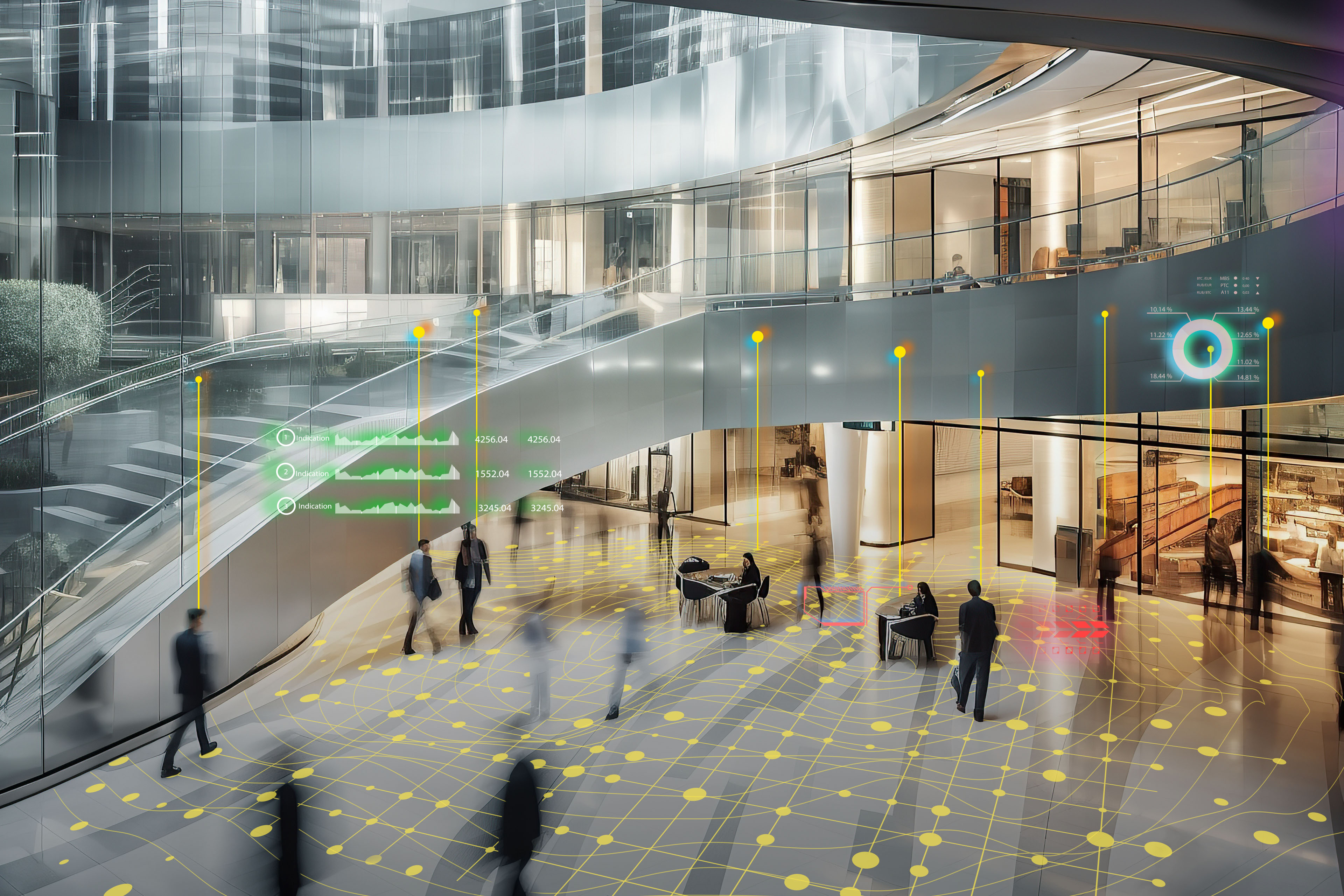More recently, the digitization of the economy and automation have displaced and transformed many jobs by replacing some routine tasks that were once performed by human labor – mostly low- and middle-skilled roles. But the information age has also led to rapid growth in IT-related employment with the creation of many new positions that never existed before such as data scientist, software engineer or web developer.
Between 1990 and 2001, manufacturing employment declined by 12% while employment in computer systems design and related services tripled. Workers in the IT sector have also exhibited higher pay than the average worker in the private sector. Average hourly wages for workers in computer system design were 1.8 times higher than the average worker in 1990 and about double by the end of the 2000s.⁷
Because GenAI technologies are capable of performing some non-routine cognitive tasks, they have the potential to significantly alter the nature and content of jobs, especially for white-collar workers. But GenAI will likely displace specific tasks rather than entire occupations and will lead to the creation of new jobs such as AI trainers, ethicists or developers.
Strategic questions for business leaders to ask about the economic impact of AI
The macroeconomic ramifications of GenAI present an intricate tapestry for business leaders to unravel. Understanding the broader economic implications, while helping ensure the alignment of corporate strategy and ethics, becomes paramount. By navigating the following questions, business leaders can position their companies at the intersection of technological innovation and macroeconomic resilience, helping ensure sustainable growth in a world increasingly influenced by GenAI.










